Hakata Zouni is a unique and flavorful New Year’s soup from the Hakata region of Japan, known for its rich, savory broth and a variety of delicious ingredients. This dish has a deep cultural significance, blending local traditions with the festive spirit of the season. In this article, we’ll explore the fascinating history and key elements that make Hakata Zouni a cherished part of Japanese New Year’s celebrations. Keep reading to learn more about this heartwarming dish and its special role in the region’s culinary heritage.
What is Hakata zouni?
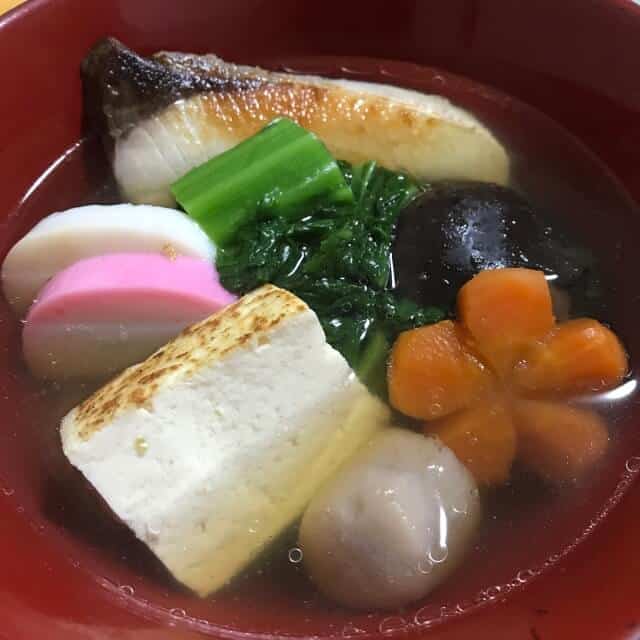
Hakata Zouni features a soup base made with grilled flying fish and brims with ingredients like yellowtail, katsuona (bonito leaf), taro, carrots, dried squid, kelp, daikon radish, shiitake mushrooms, and round rice cakes. In Hakata, people have long cherished katsuona, a type of mustard green. Zoni is an indispensable dish for New Year’s and is eaten all over Japan. Zoni also has its own unique features in each region. They attribute its name to the auspicious meaning of “katsu,” which translates to “win,” or its savory flavor reminiscent of bonito flakes. This vegetable boasts thick, dark green leaves with a slightly curled texture.
Hakata zouni History
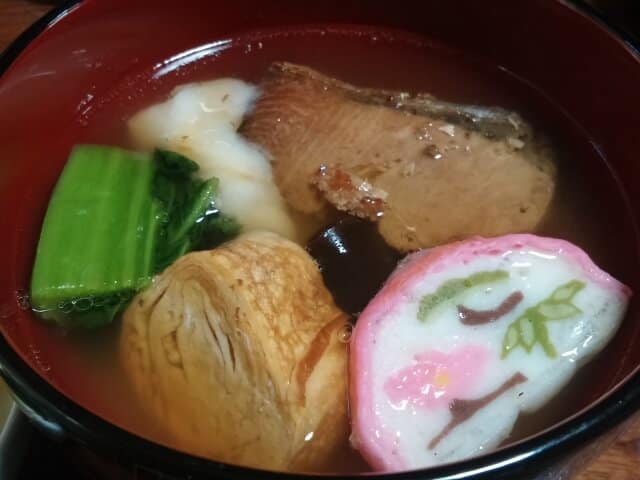
Zoni, originally from the Kyoto nobility during the Muromachi period, spread across Japan as feudal lords and military commanders brought it back to their home regions, where it evolved with local ingredients. Hakata zoni, a familiar variation, has an interesting history. In Hakata, yellowtail was a key ingredient, and it was customary to give yellowtail wrapped in bamboo leaves and sake barrels to those who helped you at the end of the year. The number of yellowtails and sake barrels displayed outside a home reflected the prosperity of the year. During New Year’s, guests were served soup made with freshly cut yellowtail.
The secret of the broth in Hakata Zoni
The deep umami of grilled ago (flying fish)
The broth of Hakata Zoni is mainly composed of “grilled ago”, which is dried and grilled flying fish from Nagasaki Prefecture. The roasted flavor created during the drying process, combined with the synergistic effect of kombu and dried shiitake mushrooms, creates a complex umami that cannot be achieved with regular bonito flakes. In particular, the grilling of AGO is crucial, requiring “not too burnt, with an appropriate color,” and artisans grill each piece by hand.
Three-step extraction technique
- Soak grilled ago and kombu in cold water (for more than 3 hours)
- Slowly heat over low heat (remove kombu just before boiling)
- Add shaved bonito flakes and simmer for a short time
This process allows the sweetness of the ago, the mildness of the kombu, and the flavor of the bonito flakes to blend in a three-dimensional way. In particular, the rule of “strictly adhering to a cooking time of 7 minutes” ensures the reproducibility of the flavor.
The golden ratio of seasoning balance
The basic “Happo Dashi” is a mixture of broth: mirin: soy sauce in a ratio of 4:1:1. This ratio allows the sweetness and saltiness to harmonize perfectly, enhancing the flavors of the ingredients and giving the entire zoni a refined transparency. In addition, the addition of the soaking liquid from the dried shiitake mushrooms creates a deep flavor.
Finishing touches
・Cook the ingredients separately and pour the broth at the end, known as the “separate cooking” method.
・Skim off impurities three times to ensure the clarity of the broth.
・The floating yuzu rind accentuates the flavor.
These techniques combine to produce a clear, golden broth known as “drinking jewels”. In particular, Kuwahara Honke’s “Hakata Limited Kayano’s Ago Dashi” is a representative product that has inherited this traditional method into modern times.
FAQ
- What are the typical ingredients of Hakata Zoni?
-
The characteristic ingredients of Hakata Zoni are “katsuo-nan” (a type of vegetable), “buri” (yellowtail), and “maru-mochi” (round rice cakes). Katsuo-nan is a traditional vegetable from Fukuoka and has a taste similar to bonito broth. People consider Buri an auspicious fish since it grows in rank (“shusse-uo”) and serves as an essential ingredient.
- What is the characteristic of the broth in Hakata Zoni?
-
Flying fish caught mainly in Nagasaki Prefecture, known as “yaki-ago” when grilled and dried, creates the “ago-dashi” (flying fish broth) that characterizes Hakata Zoni. The mild-smelling broth offers a fine taste.
- How is the mochi made at Hakata Zoni?
-
Hakata Zoni uses round mochi. The mochi is first washed with water to remove the powder, then placed in a bowl lined with seaweed and softened by changing the hot water several times. The mochi and ingredients are usually cooked separately and then combined in a bowl at the end.
Hakata zouni Restaurants
Zoni no Sekitei (雑煮のせき亭)
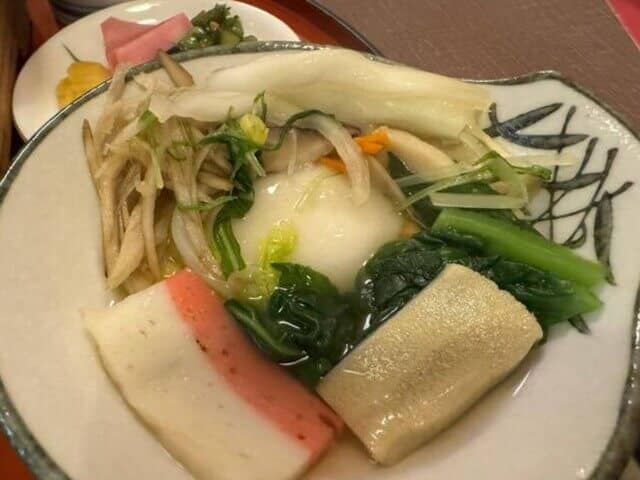
At this restaurant, you can eat ozoni any time, there are many different kinds of ozoni, and the deliciousness backed by the reliable broth is very pleasing. The rice cakes are small, but there are three of them, so it’s very filling. On the other hand, they fill the clay pot with thinly sliced burdock and other vegetables.
Conclusion
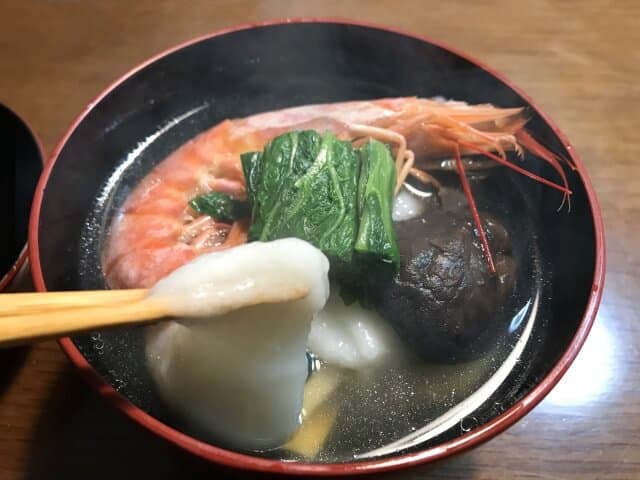
Hakata Zouni is more than just a comforting soup; it’s a taste of tradition and culture, reflecting the flavors and customs of the Hakata region. If the savory broth, rich ingredients, or deep historical ties to New Year’s celebrations draw you to this dish, make sure to try it when you visit Japan. We hope this article has sparked your interest in Hakata Zouni, and when you have the chance, we encourage you to buy some and experience its unique flavors firsthand. Don’t miss out on this special culinary tradition during your trip to Japan!
If you enjoyed learning about Hakata Zouni, we also recommend exploring other delicious Japanese dishes like ozoni, tonjiru, or tanuki udon to deepen your appreciation for the rich variety of Japan’s culinary traditions.
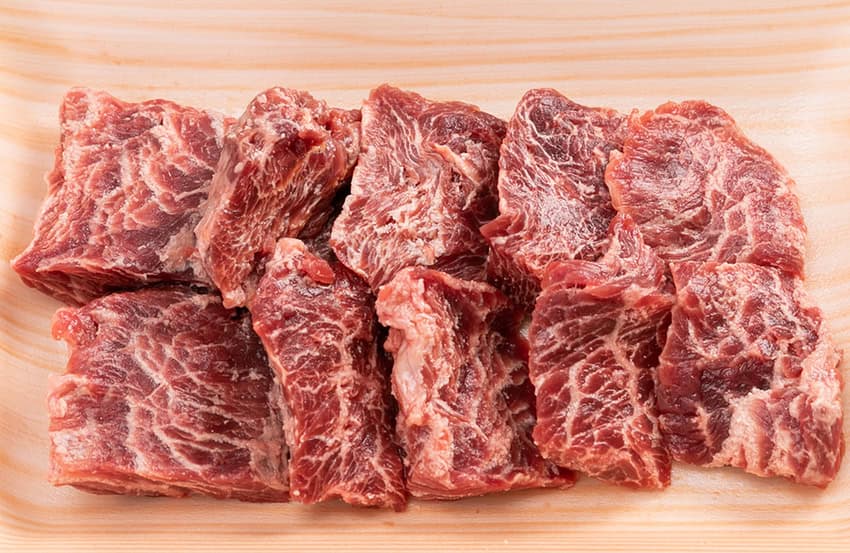
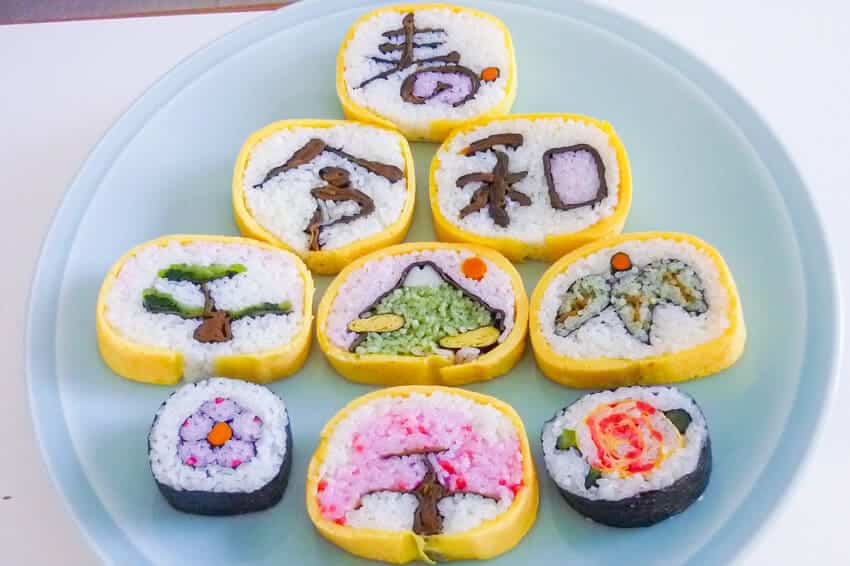
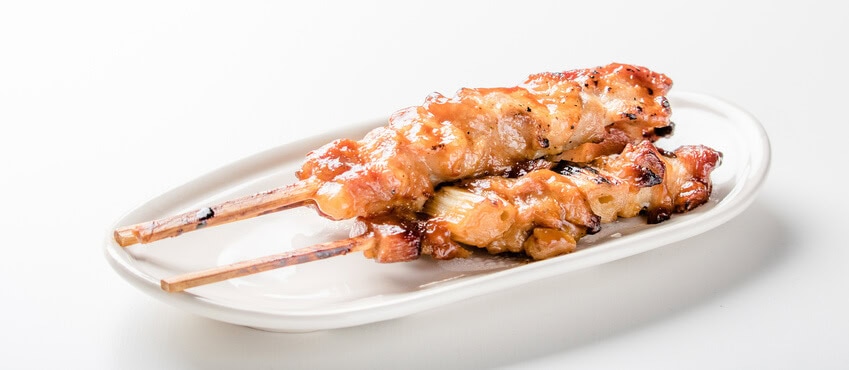
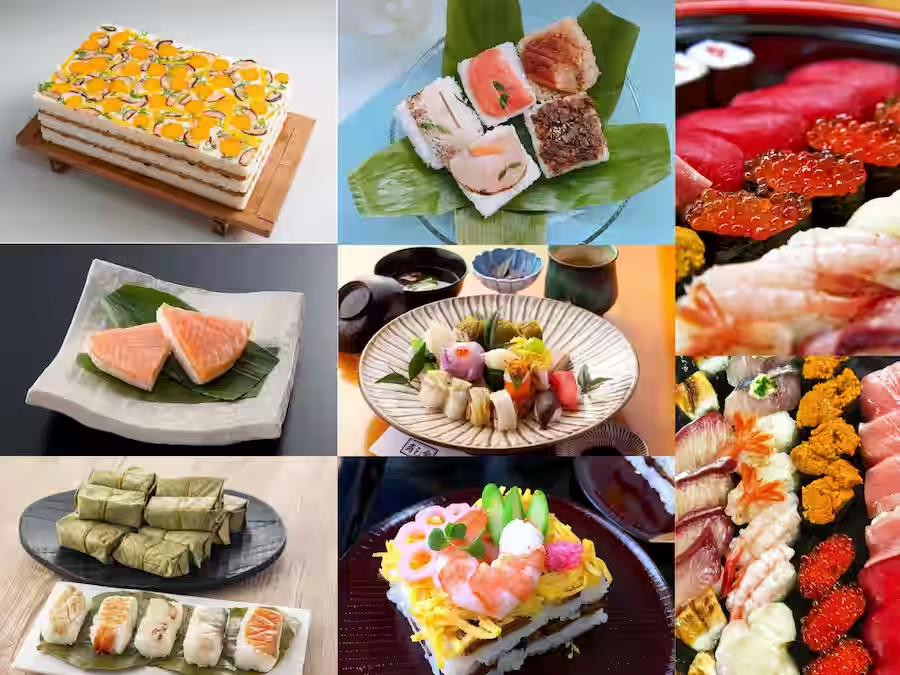
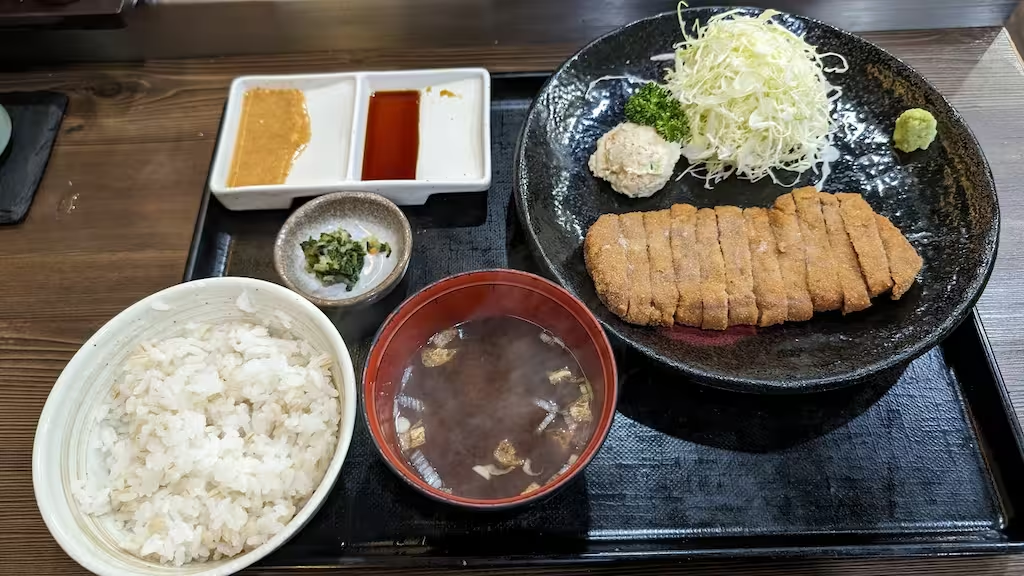

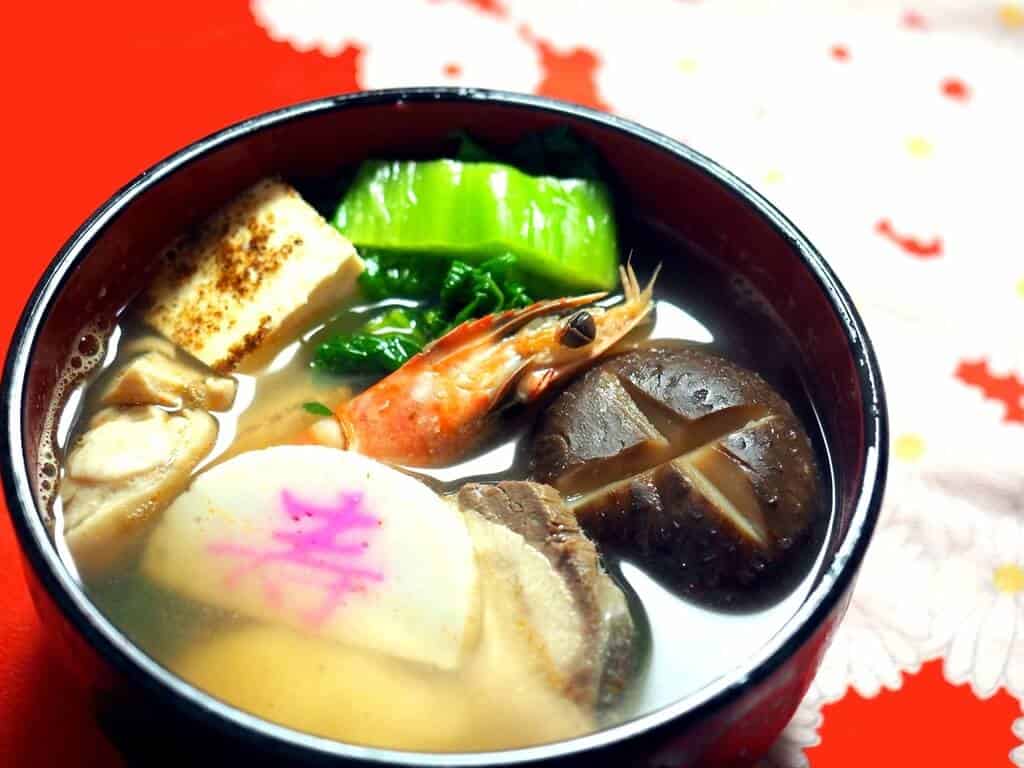
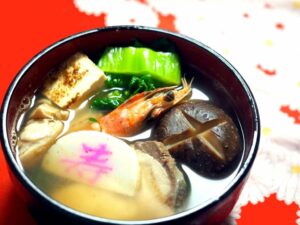
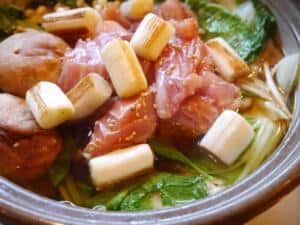
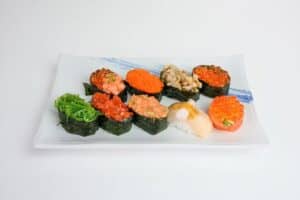
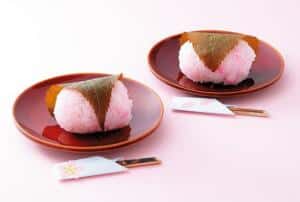
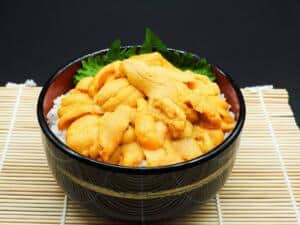
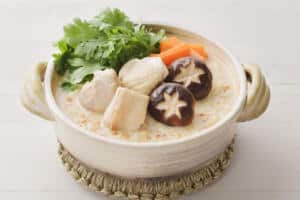


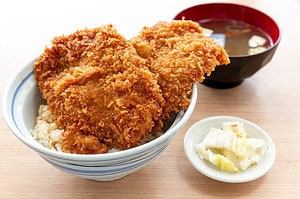
Comments